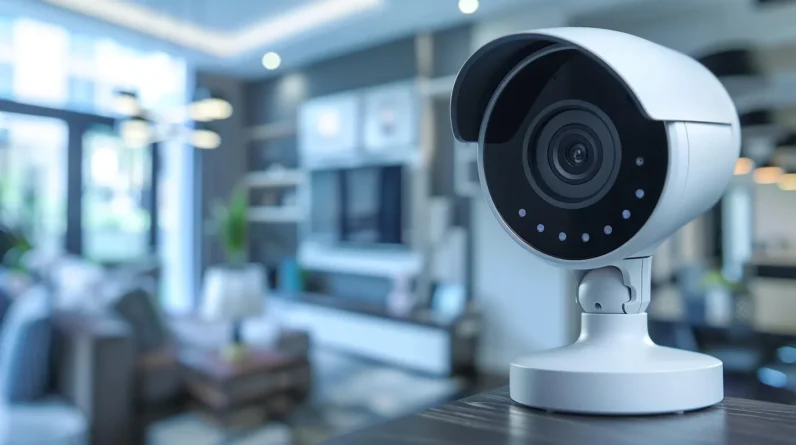
We’re evaluating DIY smart home security systems for their cost-effectiveness, customization options, and flexibility. They can be tailored to specific needs and are easy to expand or modify as our requirements change. However, initial costs can still be high, and potential subscription fees add up. We also risk facing complicated setup and technical issues, which can be time-consuming to troubleshoot. As we weigh the pros and cons, we need to contemplate our specific security needs and how to choose the right equipment to guarantee we’re getting the best protection for our homes – let’s take a closer look at our options.
Benefits of DIY Security Systems
With the rise of smart home technology, we’re seeing a surge in DIY security systems that offer a cost-effective alternative to traditional, professionally installed systems. These systems provide significant cost savings, as users can purchase and install components individually, rather than paying for an all-encompassing, pre-packaged solution.
Additionally, DIY security systems offer a range of customization options, allowing users to tailor their system to meet their specific needs. This flexibility enables users to integrate various devices and sensors, such as door and window sensors, motion detectors, and video cameras, to create a thorough security solution.
By taking a DIY approach, users can optimize their system for maximum effectiveness and efficiency. This approach also enables users to easily expand or modify their system as their needs evolve.
Drawbacks of DIY Security Systems
In addition to their benefits, DIY smart home security systems also have their drawbacks. One major consideration is the cost. While DIY systems are often cheaper than professionally installed systems, they can still be expensive, especially if we factor in the cost of equipment and potential subscription fees.
Additionally, some DIY systems may require us to purchase additional equipment, such as cameras or sensors, which can add up quickly. Another drawback of DIY security systems is the user experience. Some systems can be complicated to set up and use, which may lead to frustration and decreased effectiveness.
Furthermore, technical issues may arise, requiring us to troubleshoot and potentially contact customer support, which can be time-consuming and inconvenient.
Installing DIY Security Systems
We’ll start by selecting a suitable location for our DIY security system’s hub or main control panel. This spot should be centrally located, easily accessible, and out of reach for potential intruders.
Next, we’ll power on the hub and follow the manufacturer’s installation instructions to connect the sensors and cameras. When installing wireless components, make sure they’re within range of the hub to prevent connectivity issues.
For wired components, use cable management techniques to keep the setup organized. During installation, we may encounter troubleshooting issues, so it’s important to keep the user manual handy.
Key Features to Consider
Selecting the right DIY smart home security system requires careful consideration of several key features. We must think about the type of protection we need, the number of doors and windows to secure, and the level of automation desired.
Smart sensors are essential for detecting and alerting us to potential threats, such as motion, glass breakage, or fire. Another critical feature is mobile access, which allows us to arm, disarm, and monitor our system remotely. This feature also enables us to receive notifications and alerts in real-time.
Additionally, we should consider the system’s compatibility with our existing smart home devices and its ability to integrate with voice assistants like Alexa or Google Assistant. By considering these key features, we can choose a system that meets our specific needs and provides effective protection for our home.
Choosing the Right Equipment
Our system’s key features in place, we turn our attention to the hardware that brings these features to life.
We must consider equipment compatibility to guarantee seamless integration with our smart home hub and existing devices. This includes checking the equipment’s communication protocols, such as Wi-Fi, Bluetooth, or Z-Wave.
Budget considerations also play a significant role, as we must balance the cost of equipment with the level of security and functionality required. We should look for devices with open APIs and modular designs to guarantee flexibility and future-proofing.
Additionally, we should verify the equipment’s compatibility with our chosen smart home platform to avoid potential integration issues.
Conclusion
As we weigh the pros and cons of DIY smart home security systems, one thing is clear: the decision to take control of our home’s security is ours alone. But will we be able to outsmart potential intruders? The answer lies in our ability to navigate the complex world of DIY security systems. Will we be prepared for the unexpected, or will we fall prey to the very threats we’re trying to prevent? Only time will tell.







